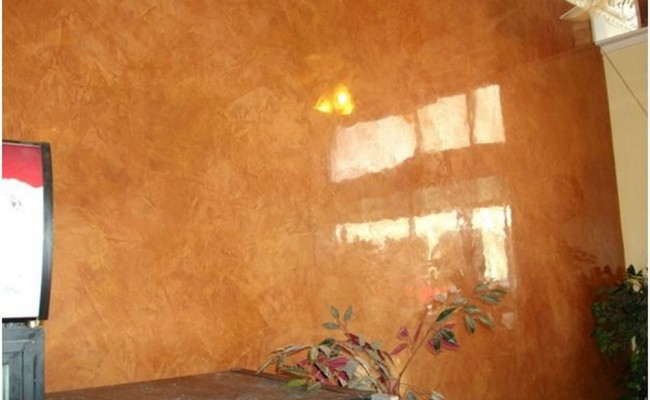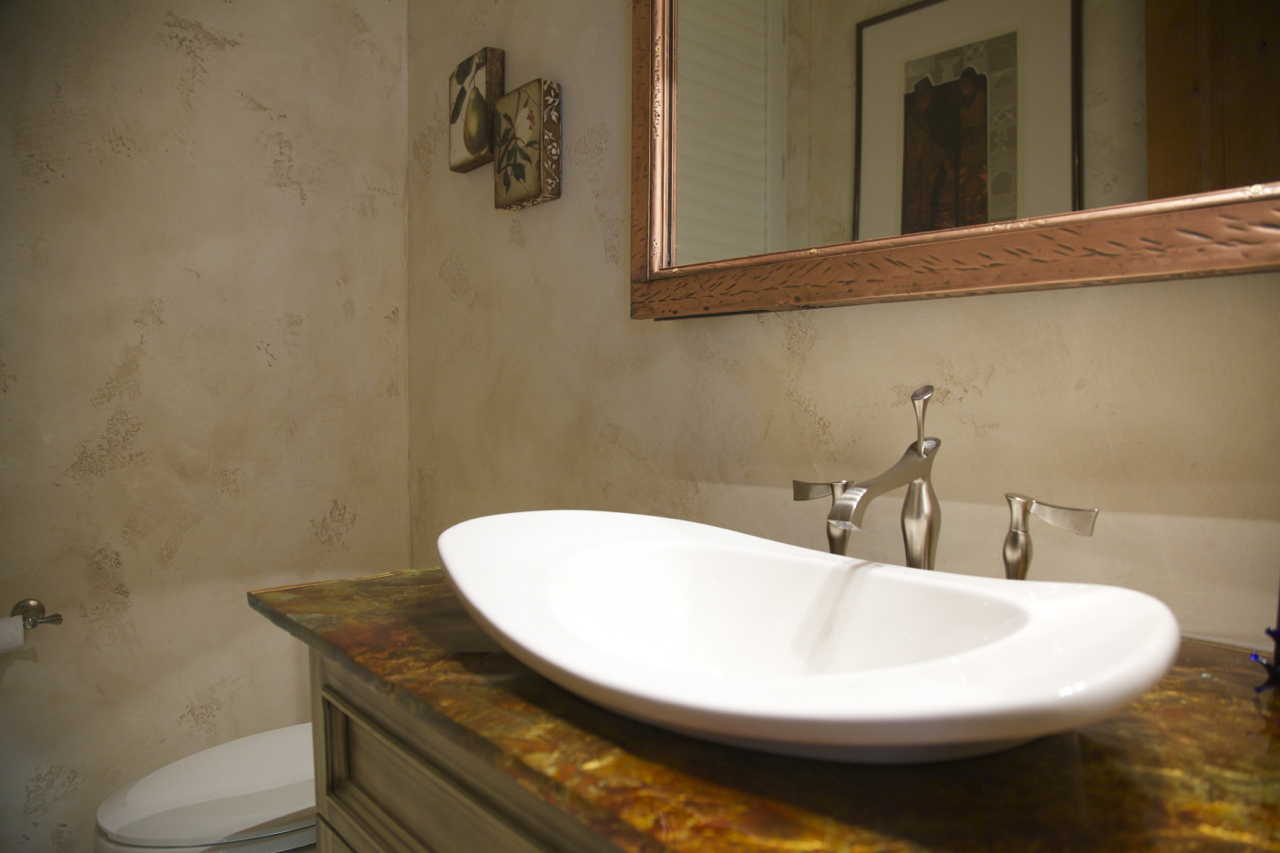


easy to work with - just glue the canvases without adjusting the pattern at the joints.durability, wallpaper does not fade even with prolonged exposure to direct sunlight.can be washed with water and mild detergents.The advantages of wallpaper over plaster are as follows: The heavier the canvas, the more it looks like a prototype. The latter are preferable to choose, because they more plausibly imitate plaster. There are canvases on a paper or non-woven basis. In stores, they are sold in a wide variety of colors. Wishing to create a rich interior with minimal time and money, you can buy Venetian plaster wallpaper. Dense wallpaper, repeating the textures of natural materials.Venetian plaster can be replaced in the interior with the following materials, which still do not fully betray the luxury of the well-known finishing material: In addition to the cost of the material itself, funds are also spent on paying for the work of the master, since this material requires knowledge of the application technique and certain experience in handling it. One of the significant reasons that Venetian plaster for interior wall decoration has analogues in the modern construction market is its high cost. trowel - a tool that levels a certain area of the layer.machines of various shapes for creating patterns and textures.Japanese spatula, with which the paste is applied to the trowel and the final layer of wax on the wall.trowel - a special tool for applying Venetian.After complete drying, the wall is polished with a soft flannel.īefore finishing the walls in a hardware store, in addition to materials, you need to purchase special tools that ensure high-quality application of Venetian plaster.At the finishing stage, a layer of matte or glossy wax is applied to the wall.After each stroke, the spatula is thoroughly wiped.If the surface is large, then a new layer is applied from the same place, because the previous one has already had time to dry. Each coat should be allowed to dry for several hours.Depending on the selected pattern, the following layers are applied with special tools in an arc.The entire surface of the wall is covered with the first thin layer.Wall application technology is as follows: This process is long and painstaking, so it is necessary to allocate time for work with a margin. Venetian decorative plaster is applied in several layers. alternately apply starting and finishing putty on the wall.clean the walls from bumps and roughness.Venetian plaster colorsīefore applying the wall finish, you need to prepare:

After complete drying, a unique pattern is obtained that imitates the structure of one or another natural material: stone, wood or precious metal. The number of layers varies from 3 to 12. To create a rich play of color, craftsmen apply plaster in two or three shades in layers. You can add color of any shade to the paste. The color scale is limited only by the imagination of the customer. Its strength is given by a special wax added during the preparation of the composition.ĭesigners use Venetian plaster for interior decoration to create rich interiors in a variety of styles. Wax Venetian plaster used in the kitchen and other areas with high humidity and temperature changes.Textured plaster, a type of which is craquelure - deliberate cracking of the surface with a special compound.To imitate the structure of marble, the classic version is applied to the wall using a special technique.This composition is applied in several layers. In the classic version, there are only 4 components: marble chips, a binder, an additive that enhances strength and color.The composition and features of the application of the Venetian vary: artistic, in which a full-fledged drawing is applied, but not with paints, but with plaster.According to the invoice, they are distinguished: During its centuries-old history, decorative finishes have acquired many variations.


 0 kommentar(er)
0 kommentar(er)
